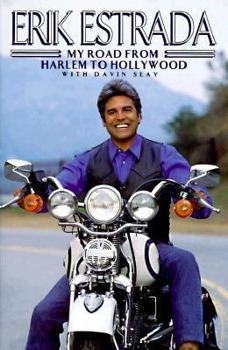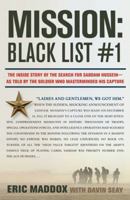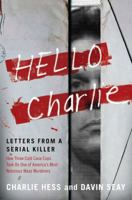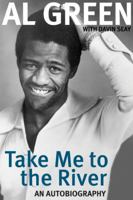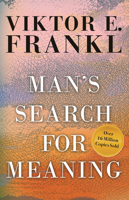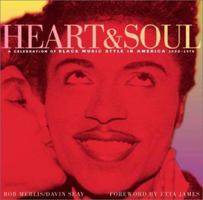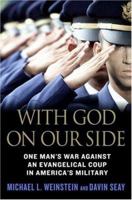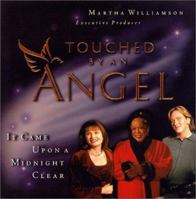Erik Estrada: My Road from Harlem to Hollywood
Select Format
Select Condition 
You Might Also Enjoy
Book Overview
Customer Reviews
Rated 5 starsMY TEEN IDOL
I HAVE ALWAYS LIKED ERIK, SINCE I WAS A TEEN AND NOW TO READ ALL ABOUT HIM, WAS GREAT, I REALLY ENJOYED TO HEAR HIS LIFE STORY, AND HOW HIS MOM RAISED 3 KIDS ALONE AND HE DID HIS BEST TO KEEP HIS MOM HAPPY, AND I LOVE CHIPS I WATCH IT EVERY MORNING ON TNT AT 6:00AM IN THE MORNING BRINGS BACK MEMEORYS OF HIM. I VERY GLAD TO HEAR THAT HE FINALY FOUND THE LOVE OF HIS LIFE. AND HE'S A GREAT DAD TO HIS TWO BOYS AND HIS DAUGHTER...
0Report
Rated 5 starsA joy to read
I've been a fan of Erik Estrada's since the first season of "CHiPs", and am still an actively dedicated fan. I bought the autobiography in hardcover on sight without hesitation. The fan wanted the book immediately, and the amateur critic and aspiring writer have yet to regret the decision.I don't read a lot of autobiographies because I lose either interest in the story or respect for its author. The conversational style and...
0Report
Rated 5 starsThis book is a fascinating written wealth of experience
I always had a crush on Erik Estrada since I saw him the first time on "CHiPs". Now that I have read his autobiography, I know that he is not only the most handsome actor I have ever seen, but also a very kind, intelligent, honest and nice person in real life. I found his story of life so very gripping, that I could not put down the book until I had read it out. I did not know how hard the road was, Erik Estrada had to...
0Report
Rated 5 starsA deeply honest portrayal of trial and tribulations.
This book is extremely good. If you are a fan of 70's TV and CHIPS, you will want to read this deeply honest portrayal of the trials and tribulations of Erik Estrada. With so much working against him, he was (and still is) perhaps one of the most principled, sincere and honest actors in Hollywood today. With this book, he is a role model to many and I wish we would hear and see more of him today. Wherever he is, my family...
0Report
Rated 5 starsWOW, one of the best celebrity autobiographies we ever read!
Erik's book is heartbreaking! An absolutely first-rate book. Don't miss this unforgettable story of an equally unforgettable man. Brimming with Splendor, Tragedy, and Drama, this is Erik Estrada. We have loved Erik's work for years and now we admire him even more than before!!! Erik's book is tastefully written, with rough, but affecting compassion ... and this book should become a movie of the week!! He's the 70's...
0Report











